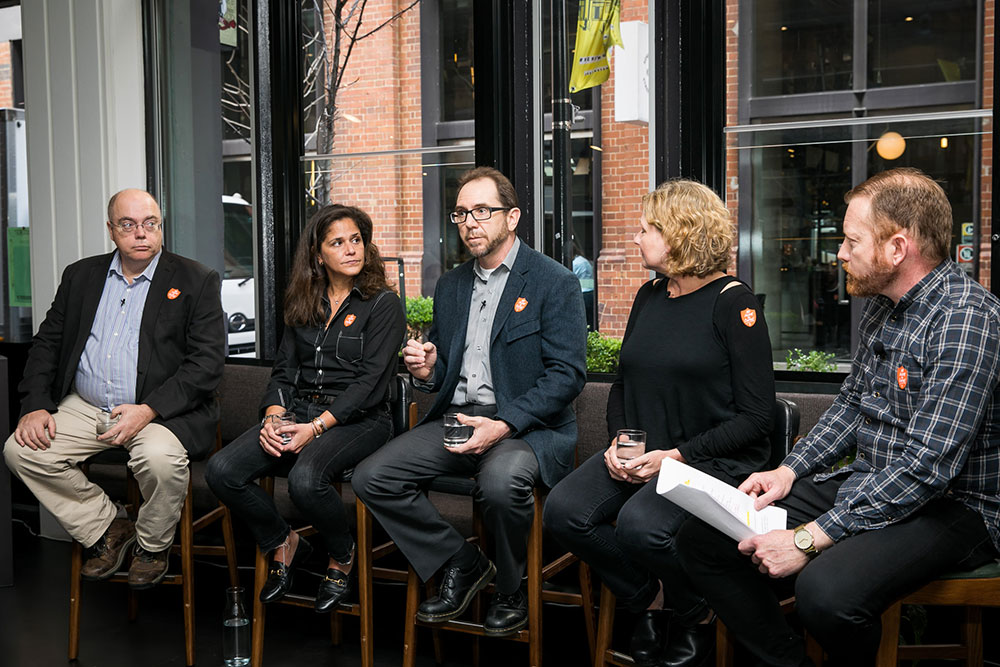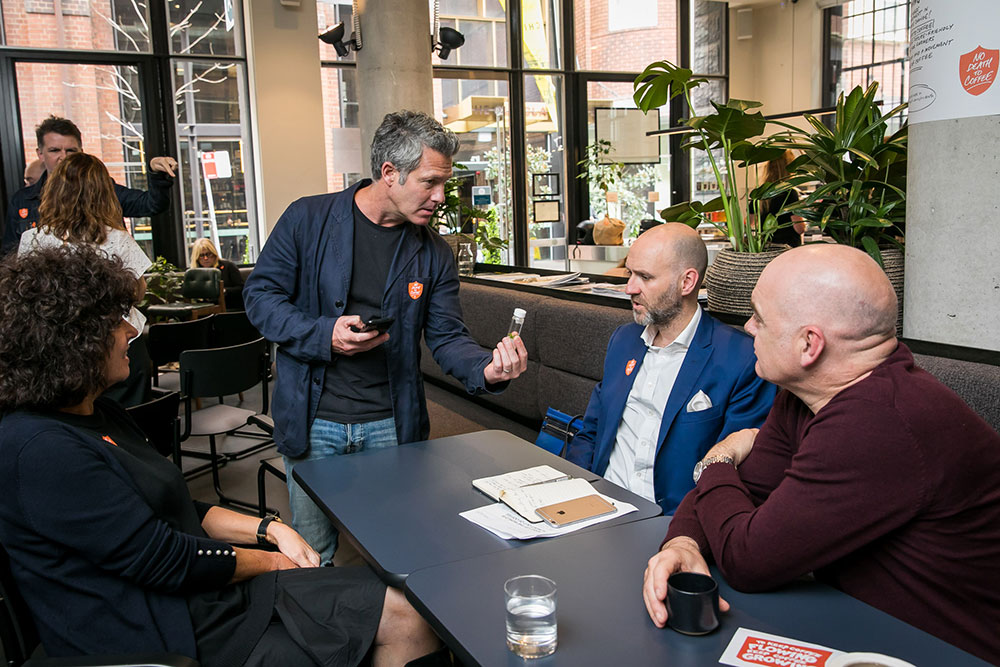[T]he industry of coffee may be on the brink of collapse due to increasing demand, coffee farmers facing regular droughts, and the destructive impact of diseases like leaf rust.
Greg Meenahan of World Coffee Research (WCR) predicts the industry will experience a shortfall of 182 million bags of coffee by 2050.
“Demand for coffee is rising about 1.5 percent to 2 percent a year, [and] it is expected to double by 2050,” says Meenahan. “Research has shown us that if nothing is done, more than half of the world’s coffee land will become unsuitable because of climate change.”
And when it does start to decline, it won’t be in a nice straight line.
“It’ll go up and then boom, it’ll drop, something is going to happen and it will collapse,” he says.
Working to find a solution and ensure coffee farmers and roasters continue in this line of work is Australian roaster Single O. The Sydney-based company has joined forces with WCR to launch their new project, “No Death to Coffee.” Over the course of three events held in Syndey in early October, Meenahan, together with producer Aida Batlle, Single O’s green bean coffee buyer Wendy De Jong, and a number of other guest panelists discussed the impacts of climate change on coffee.

The agricultural product has become essential for many consumers, created jobs for baristas and roasters, and provided a livelihood for farmers. But coffee is also the most vulnerable crop to climate change due to its little genetic diversity.
“Here is an example of just how under-innovative coffee is: there are 675 watermelon varieties that have been registered by watermelon breeders,” says Meenahan. “But for coffee, there are only 52 varieties. I could go a day without watermelon no problem, but a day without coffee is problematic.”
The very first coffee seeds came from the Ethiopian rainforest, then traveled to Yemen and down to the island of Bourbon, where Bourbon and Typica beans made a split.
“The missionaries then took the seeds around the world and pretty much 80 percent of coffee is very closely related to Bourbon and Typica,” says Meenahan. “What this means, is that with very little genetic diversity the same fungus can just run rampant over these plants.”
To further illustrate, Meenahan shares an example:
“If you gave a wheat farmer seeds from the 1930s and told them to plant the seeds, the farmer would be out of business by next year…. It wouldn’t yield well and wouldn’t meet today’s quality standards for the market,” he says. “But in coffee, guess what—we are growing those same Bourbon plants that went around 100 years ago for the most part.”
Climate change brings on a rise in temperatures, resulting in warmer environments that foster fungus. This is what happened in 2012 when the leaf rust epidemic swept through Central America, killing off about 80% of coffee harvests. The devastation proved to be the first wake-up call for the industry.
Single O’s green bean coffee buyer, Wendy De Jong, has been following the WCR trials of new climate-resilient coffee in South and Central Americas, and has since sourced the “future beans” through Aida Batlle’s farm in Mexico.
Single O has become the first roaster in Australia to import a full container of climate- resilient coffee, featuring the F1 hybrid, Starmaya. This is a high-yielding, rust-resistant variety that can be grown at multiple altitudes. Other climate-resistant varietals also available are Marsellesa and Centroamericano. These F1 hybrids are created through a coffee-breeding process, where researchers utilize the coffee plant’s DNA to help select which varieties to keep and which ones to let go.
Once the varieties become readily available for the market, this will mean security in production, less vulnerability to major drop related to stresses, and better quality.
Meenahan points out that sustainability is a term the industry is continuing to redefine.
“The certification programs like Fair Trade and Rainforest Alliance came out when there was nothing and that was the first step towards sustainability,” he says. “Many of those certifications weren’t based on evidence, weren’t based on science.”
And now in order to consume coffee that is sustainable, Meenahan suggests consumers should be asking their local barista or roaster, “How are you supporting producers?”
The WCR research, says Meenahan, is about going to the beginning of the value chain, the very genetics of the bean and plant itself.
“This is really where it all begins,” he says, “where the magic starts for coffee.”

















